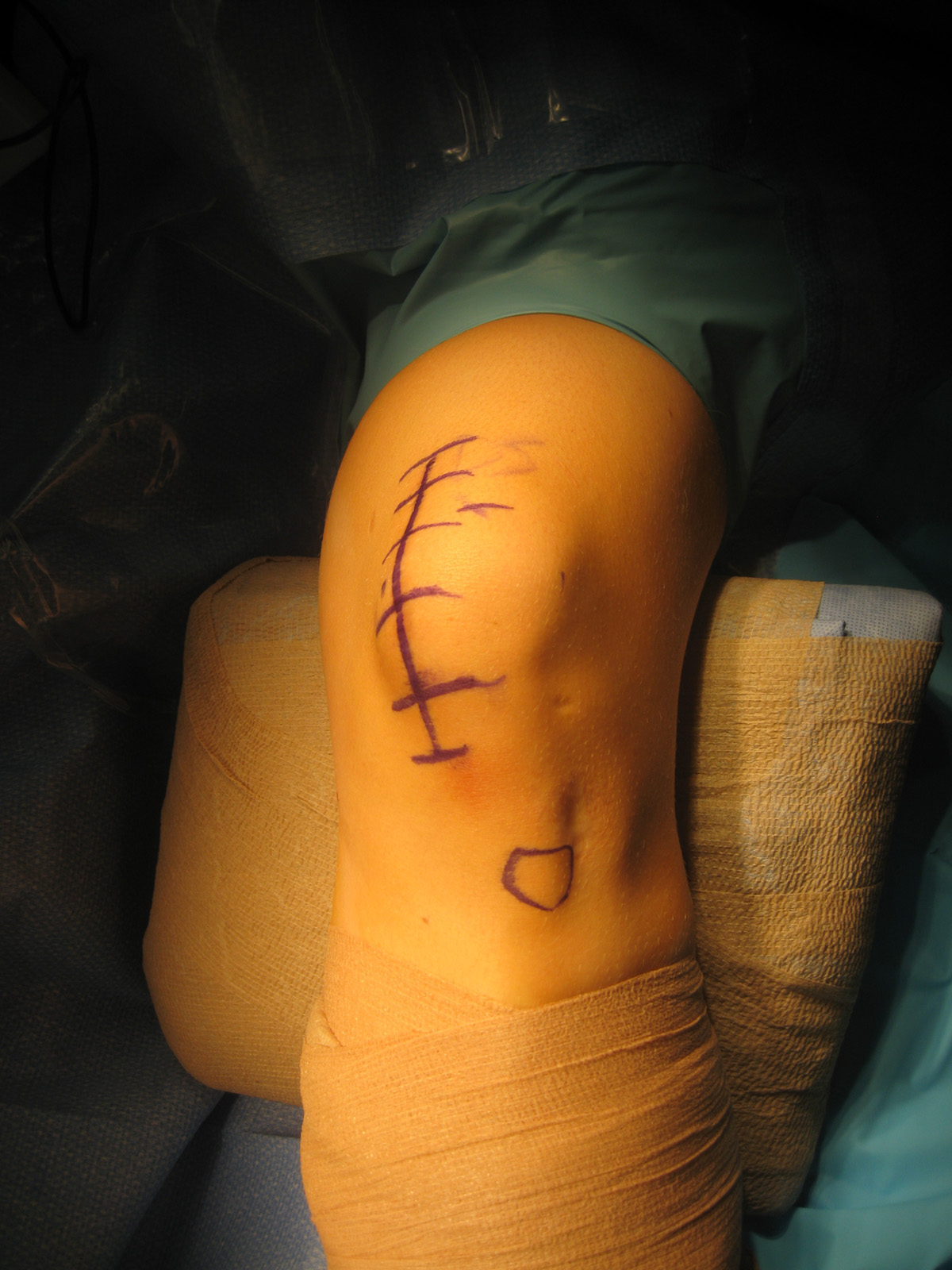
Knee Replacement Therapy After a successful knee replacement surgery, moving on with life normally is quite possible. But in order for that to happen time, work and patience are required for recovery to full health.The knee is the largest joint in the body and major surgery is required for its replacement.Even though rest is required to recover from the surgery, it is important to start using the knee early. This will help strengthen the muscles to support the new knee. Early activity will also counter the effects of anaesthesia after the surgery and will encourage the healing process. It is important to follow the advice of physical therapists and doctors on nutrition, pain control, wound care and exercise. Pain after the surgery is not fully predictable but can be managed with medication. First medication is usually received via intravenous infusion which allows medication dose control. There is no risk of getting dependent on the medication. After few days the pain treatment will be resumed by injections or pills. This will include taking antibiotics and medication that prevents forming of blood clots in the veins.Nausea and loss of appetite are a normal reaction in first few days. In the beginning the knee will be surrounded with some bulky cover and a drain that prevents fluid build- up in knee area. The drain is removed after 2 days. After that compression stocking or elastic hose may be used. Plastic sleeves are used to flow the air around the knee to stimulate circulation.First day after surgery it is common for a physical therapist to begin working with the patient on using the new knee. In some cases a passive motion machine is fitted to the patient that slowly bends and straightens the knee. This can be substituted with other exercises that stimulate blood flow through the injured leg.Besides blood thinner medications that prevent blood clots in the veins antibiotics will be included in the treatment. Antibiotics prevent bacterial infections from settling in the artificial joint.
Diet
The diet will include iron and vitamin C supplements. It is important to continue drinking plenty of fluids. Avoiding intake of vitamin K is recommended until the blood thinner medication therapy is over. Green beans, garbanzo beans, lentil, cauliflower, liver, Brussels sprout, broccoli soybeans, soy oil, lettuce, turnip, spinach, cabbage and onions are all rich in vitamin K. Coffee and alcohol consumption should be avoided. Keeping the weight in check reduces the stress on the knee.
Other activities
It is important to stay active. The recovery is a gradual process and too much activity can be counter productive. By regular activity, endurance will gradually improve in 6 to 12 months.Physical therapy exercise is crucial for recovery. It should be practiced at least two months after the surgery. Stationary bike is helpful in keeping the knee flexible and maintain the muscle tone. The goal is to achieve maximum degree of knee bending and extension. Swimming, golfing, bicycling is recommended. It is important to avoid activities that put necessary stress on the knee. Although walking is safe, it is no substitute for physical therapy.There is no harm in sleeping on your back, stomach or sideways. It is safe to resume with sexual activity after 4 to 6 weeks of therapy. 6 to 8 weeks may take before returning to work, depending on the nature of the job. In case of left knee surgery, driving and auto-transmission vehicle is possible after a week or two if no narcotic painkillers are used. In other cases 6 to 8 weeks recovery is advised.



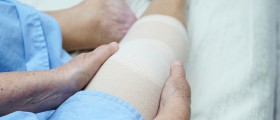

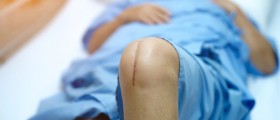
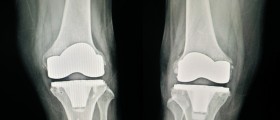






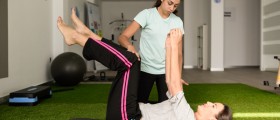


-Arthritis_f_280x120.jpg)
Your thoughts on this
Loading...